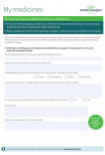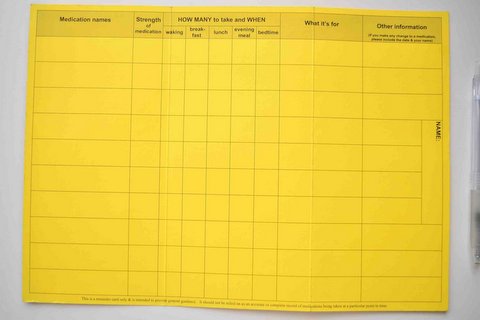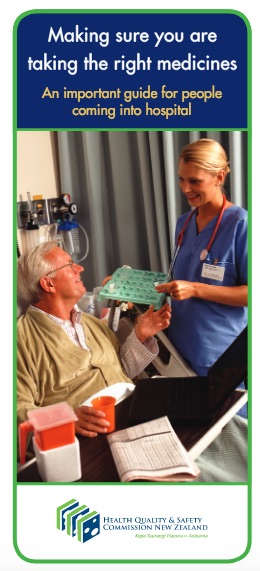A medicines list is used to record all the medicines you use. This list includes:
- all medicines that your doctor has prescribed including creams, ointments, eye medication, inhalers or puffers, sprays and patches.
- medicines you bought at a supermarket, pharmacy, health shop, gym or over the internet
- vitamins and mineral supplements, herbal and natural remedies, alternative, complementary and rongoā therapies
- medicines you take only when needed such as pain relief, some asthma inhalers or angina medicines.
Your medicine list will have also have other details such as:
- what each medicine is for
- how much of each you use
- when and how to use each medicine
- any drug allergies, side effects, or sensitivities you have.












